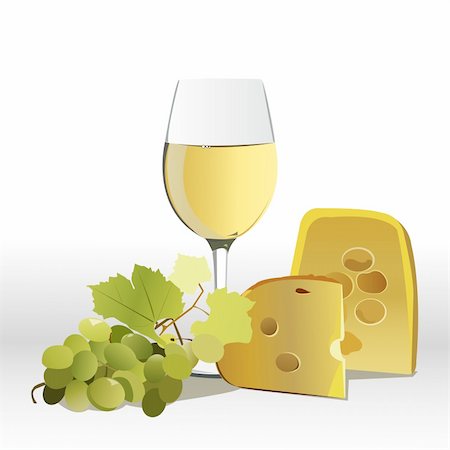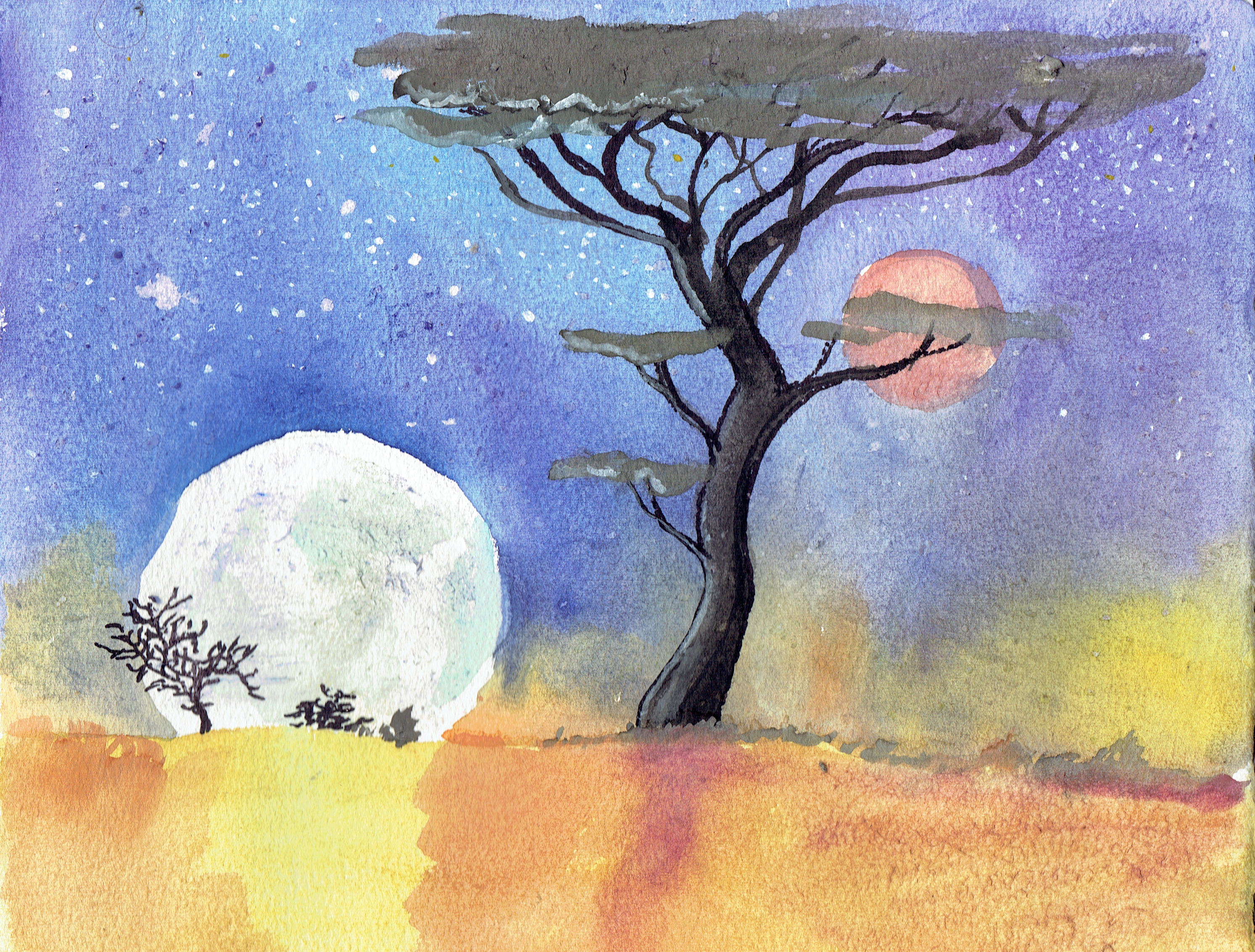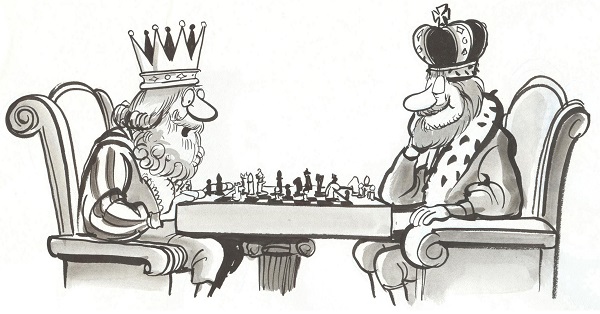A pair of mytho-historical figures whom are often the protagonists in tales of wisdom or cleverness.
The pair are universally portrayed amongst the many cultural groups of Arkian ancestry. Details vary from culture to culture, and there are smaller regional differences within cultural groups.
They are usually described as a married couple, but sometimes as brother and sister, one mortal and the other spirit, and so on, but they are always together in some fashion.
Sögan ad Sögav (Father and Mother) – The Layor
To the Layoran people they are Sögan and Sögav and elderly married couple whom find themselves in all sorts of difficult situations, but manage to resolve the problems and obstacles, often in a clever and humorous manner.
Cögva ad Cögna Tyasmü (Mother and Father Fox-Rat) – Kyŧus
In Kythus the pair are portrayed as a mated pair of Tyasmü. Their stories are often parables involving encounters with other animals. As expected, cleverness and good moral behaviour wins the day.
Mala E Pala (Mother and Father) – Sildara
The Sildaryn people tell stories of Mala E Pala. This pair varies from the norm in that the couple are quiet young, and new to being parents. Stories told about the fires by Sildaryn storytellers almost always include Mala E Pala whenever family values, or clan traditions are part of the story.
Tanpi and Emel – Krolar
In Krolar they are Tanpi and Emel a young woman and man whom encounter all sorts of people while travelling. The stories include some moral about how to interact with strangers, or are simply humorous anecdotes with no strict moral message.
Dolf and Ardra – Iskander
In iskander the couple are seen as a fisherman named Dolf and his shape-shifting lover Ardra. The stories almost always involve Ardra getting into trouble, and Dolf coming to her rescue in some clever manner. Depending on the audience, these stories can be quite bawdy, or highly moral.
Bron and Sisa (Brother and Sister) – Malys
The Malys tells stories of brother and sister who are precocious and explore the forests around their home. Often finding themselves captured, or threatened by some beast. Working together, they cleverly trick the monsters, or animals, so they can escape and get home in time for dinner.
Qola and Sargus – Tabrani
To the Tabrani, these stories involve a man named Sargus, who is beset repeatedly by a trickster spirit Qola. Being wise and resourceful, Sargus always manages to escape the traps, or see through the trick, much to the dismay of the spirit Qola.
Ködda and Sännö – Kronaryn
The Kronaryn people portray them as the moons personified as a pair of young lovers who alternate rescuing each other from various predicaments, and troubles. The stories often carry a message of loyalty, love, truth, and consequence for ones choices.



